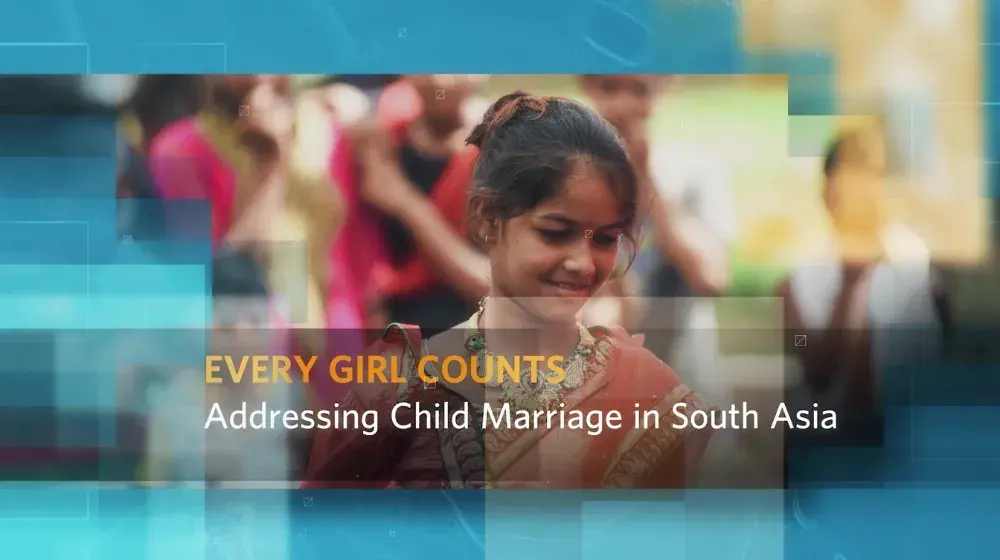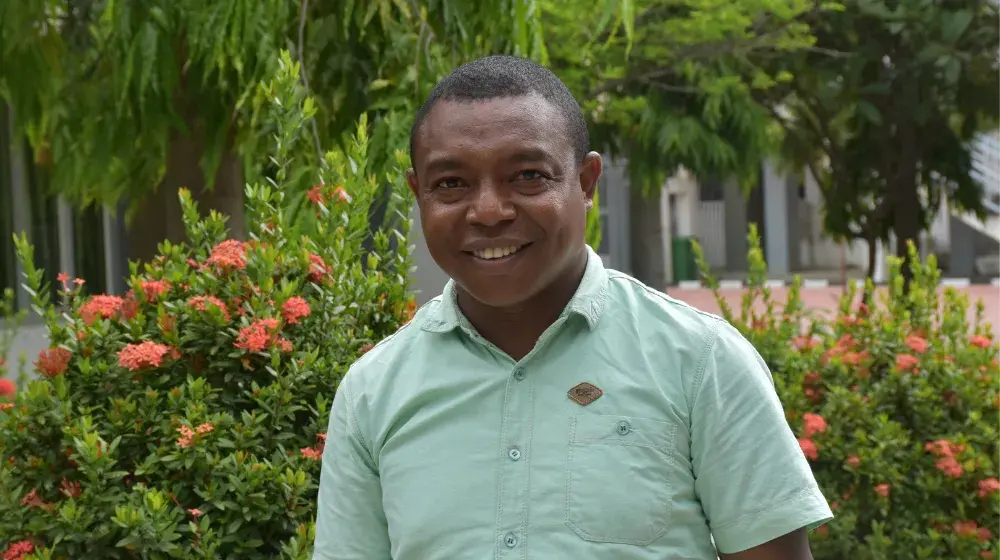GOROKA, Papua New Guinea – ”The bilum is woven by women. The fibre is twisted by women. The designs are created by women; so when you talk about bilum, it’s a woman’s thing,” says bilum weaver Florence Jaukae Kamel.
Bilums are versatile tote bags put to a multitude of purposes in Papua New Guinea. People use them as baby carriers – “bilum” translates to “womb” in the Tok Pisin language – and for transporting goods to market. But they’re also used as fashion statements, stretchers, and in the funeral ceremonies of prominent community members. In this way, bilums accompany many Papua New Guineans from the cradle to the grave.
Through different patterns, bilums tell stories of joy, pain, transition, beauty – and gender inequality. Below, learn how bilums relay the shared histories of women and girls in the region, and what UNFPA, the United Nations sexual and reproductive health agency, is doing about the challenges they face.
The diamond pattern
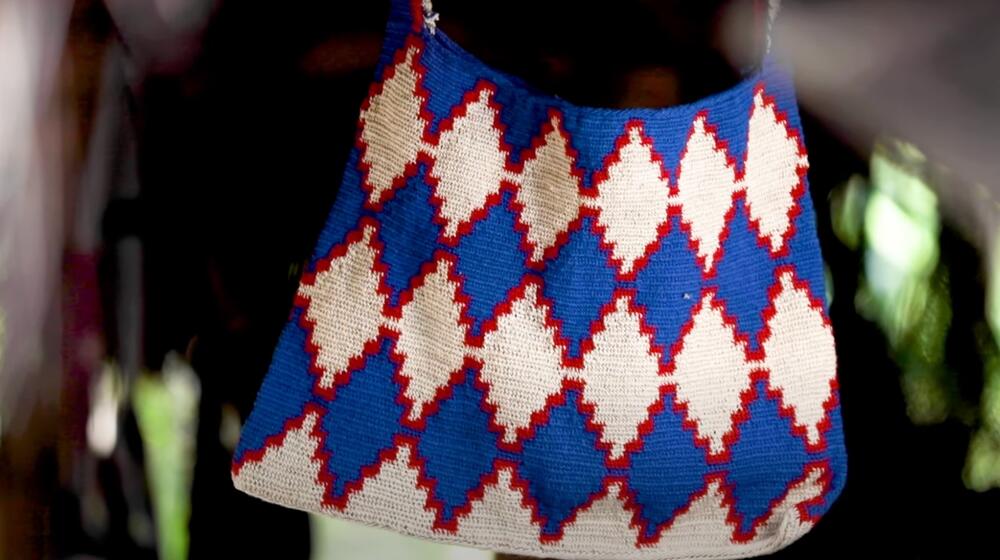
The diamond pattern symbolizes a young girl’s transition into womanhood at the onset of her first period. It adorns the bag a girl carries upon presenting herself to society as a woman.
One rite of passage in Papua New Guinea around this moment involves secluding girls who have reached puberty away from the community in a small house. Women from the community then visit the house to teach the girl what it means to be an adult woman – including how to care for herself while menstruating.
Unfortunately, menstrual hygiene management can be challenging in Papua New Guinea due to a “lack of hygienic sanitation facilities”, according to UNFPA Papua New Guinea representative Marielle Sander. And sanitary pads can be scarce.
UNFPA includes these hygiene supplies in dignity kits provided to women and girls facing humanitarian crises. In June 2023, the agency handed out 300 kits to women and girls still reeling from election-related violence that sparked in Papua New Guinea last year. “We need this. We need menstrual pads,” said Erika Aiyah, who was present at the distribution event.
The ovary pattern
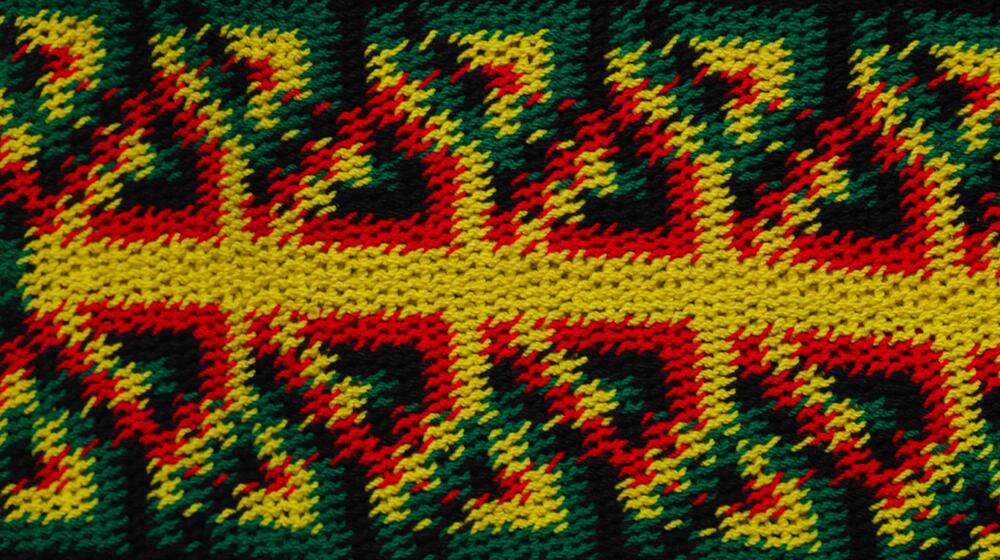
This pattern resembling a woman’s womb is believed to have been originated by nurses in the maternity ward of Goroka Base Hospital in the early 2000s. And according to Ms. Jaukae, it caused quite a stir.
“The police went around getting scissors and started cutting the bilums, saying, ‘Why do you have to design the women's private parts?’” she said. “Being a woman, the womb is a sacred place.”
It’s unfortunately too common for societies around the world to try to control discussions and representations of women’s bodies while denying women’s rights to bodily autonomy. In fact, recent data shows that 44 per cent of partnered women across 68 countries are denied the ability to make decisions over health care, sex or contraceptives.
In Papua New Guinea, women on average have one child more than they express is ideal; meanwhile, about one in four married women has an unmet need for family planning services. UNFPA supports efforts to address this need through initiatives such as a national strategy promoting condom use and by assessing community needs for reproductive health commodities and services.
The spider web pattern
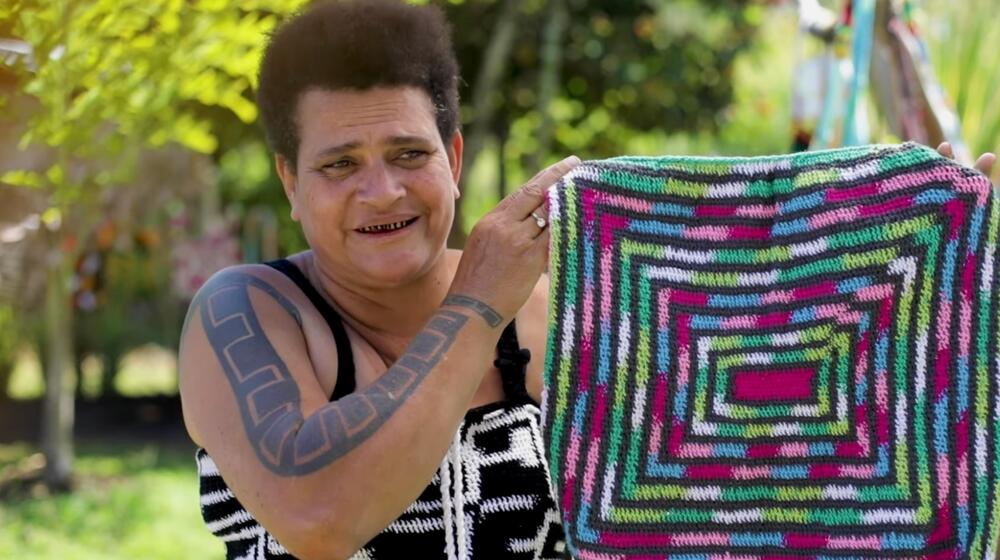
This pattern connects the weaver with another weaver from nature: The spider.
Typically employed by young girls as they begin learning how to create bilums, the spider web design is meant to teach perseverance and patience, according to Ms. Jaukae.
According to legend, one day, a girl learning to weave bilums got tired of the painstaking work the craft required. She saw the ease with which a nearby spider had woven its web, and asked her mother: “Why can’t we be like the spider and just finish the bilum off?”
Her mother’s answer? Bilums are not built in a day. “The spider bilum talks about not rushing things,” says Ms. Jaukae.
Learning takes time. Yet in Papua New Guinea, many girls aren’t given the chance; and a major reason why is because they’re married. Among school-aged girls not currently enrolled, more than one in five said it was because they were, or were about to be, in a union.
Around the world, UNFPA advocates against child, early and forced marriage, and has helped support more than nine million girls with prevention and protection services and care related to these harmful practices. “Parents and family members need to draw a line on child marriage and put the lives and rights of their daughters first,” said Ms Sander.
The skin pig pattern

© UNFPA Papua New Guinea
This design serves as a reminder of the unequal status of some women in Papua New Guinea society. According to Ms. Jaukae, the pattern has its origins in community feasts, at which pigs are prepared and eaten.
Marginalized women of the community – including older women, single mothers and widows – work to make the meal, but are served only the fatty remnants and skin of the pig in cubes, which the bilum design is meant to resemble.
As noted by Ms. Jaukae, older women in Papua New Guinea society are sometimes subject to ostracization and discrimination by society. UNFPA advocates for the strengthening of the Papua New Guinea health system to support them and the rest of the country’s small but growing population of people over 65.
Ms. Jaukae, meanwhile, has a tattoo that was inspired by the skin pig design. "I don't have my husband with me, and so it tells my story,” she says. “It’s like a campaign against treating women like they are second class; even though we don’t have a husband, or come from a poor family, or we are widows – we deserve a space in the society, too.”
The mountain pattern

© UNFPA Papua New Guinea
The mountain design stands as a potent symbol of the steep obstacles women must overcome in society.
It first appeared in a village in the Siane Range – the rugged mountains that separate the Chimbu region from the Goroka Valley – and spotlights the challenges women living among the peaks face as part of their daily lives.
“It represents the route women take every day to go through the bush to do the gardening, to look after livestock, to fetch water,” says Ms. Jaukae. But it also tells a story of belonging and calling the mountains home. "That's where she will live, and she will die there," she adds.
Bilums accompany women and girls in Papua New Guinea through their life cycle, and so does UNFPA. The agency’s campaign to spotlight bilum weavers and the stories they tell, especially of the unequal ways society treats women and girls, reveals the urgent need to achieve gender equality and sexual and reproductive health and rights for all.
“Talking about the importance of women’s reproductive health through our beloved bilums and the hidden meanings of different patterns promotes conversation on this important issue,” said Ms. Jaukae.


